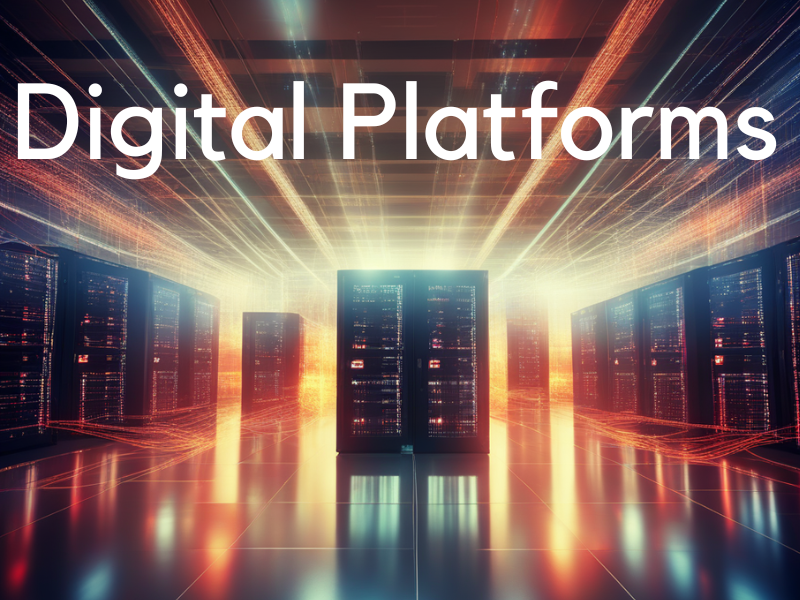Our journey of experiencing music underwent a remarkable transformation from live performances to Edison’s phonograph, evolving through various formats like cylinders, vinyl, tapes, CDs, and now digital platforms. This evolution not only revolutionized music distribution but serves as a template for the digital revolution sweeping across industries.
The Digital Evolution Across Industries
The transition from individual sound carriers to digital platforms reverberates across various sectors. Consider entertainment—TV and movies accessed through platforms like Netflix, video games on Steam, or the pervasive presence of social media giants like Facebook and Twitter. Beyond leisure, financial services have witnessed a digital overhaul with platforms like PayPal and Adyen. These platforms converge into three main categories: product repositories (music, videos), service providers (Amazon, Airbnb), and communication platforms (Facebook, Twitter).
Diversification of Digital Platforms
Digital platforms span a wide spectrum, categorized by their focus—business-to-consumer (Amazon) versus business-to-business services. The latter often falls under SAAS (Software as a Service) or Cloud Computing, encompassing finance, HR, ERP solutions, and more. They represent the backbone of enterprise services, alongside product repositories like GitHub or OpenStreetMap and communication platforms like Microsoft365, Slack, or LinkedIn.
Enterprise Services and Modernization
Enterprise services are facilitated through cloud computing services such as Microsoft Azure or Amazon’s AWS. Complementing these are low-code platforms like Microsoft Power Platform, Outsystems, or Mendix, empowering organizations to build tailored solutions using standardized components. These platforms aid in modernizing legacy IT solutions to meet specific organizational needs effectively.
Emerging Frontiers: Digital Twins and Quantum Computing
Beyond these, the emergence of digital twins revolutionizes predictive modeling. These virtual replicas enable simulating scenarios, optimizing designs, and controlling real-world devices or factories. However, the complexity of open systems poses limitations based on computing power, a gap quantum computing aims to bridge. While promising, quantum computing is yet to fully unleash its potential in powering highly intricate digital twin models for open systems.

